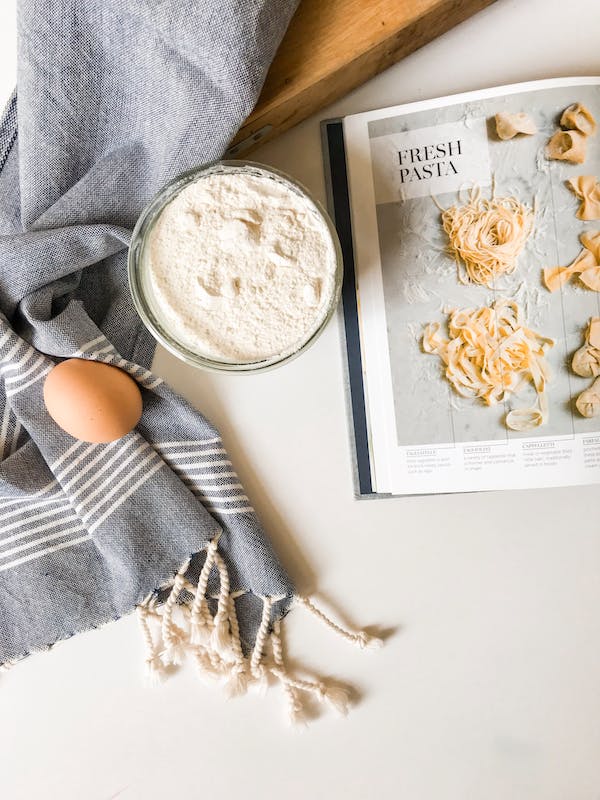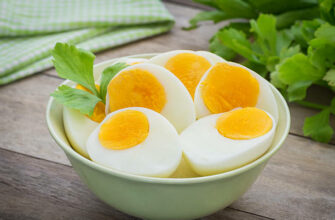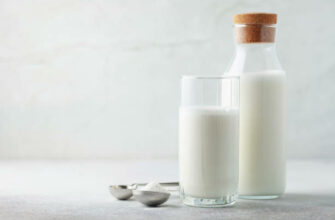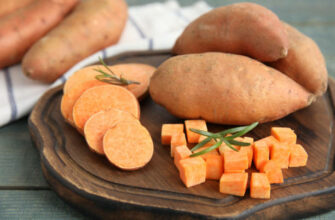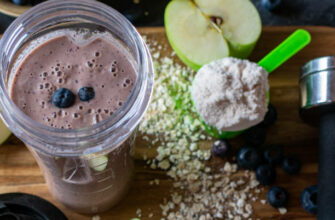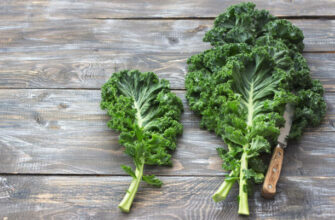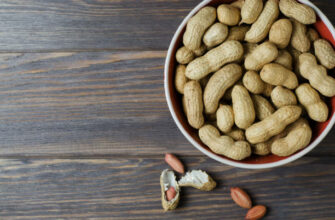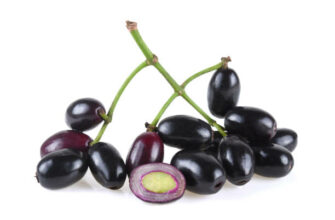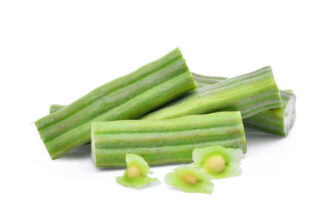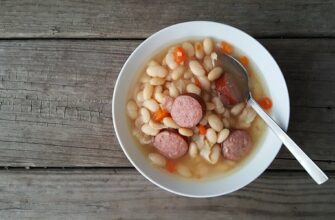Maida is a finely milled, refined wheat flour that is commonly used in Indian cuisine. It is also known as all-purpose flour or bleached flour, as it is often bleached with chlorine gas to make it whiter in appearance. While maida is widely used in various traditional Indian dishes such as naan, paratha, and puri, it has recently come under scrutiny for its potential negative impacts on health. In this article, we will take a closer look at the nutritional value of maida and discuss whether it is healthy for you.
One of the main concerns about maida is that it is highly refined, which means that it has had most of its nutrients and fiber removed during the milling process. As a result, it lacks many of the nutrients that are found in whole wheat flour, such as vitamins, minerals, and fiber. In fact, a 100-gram serving of maida contains just 1.9 grams of fiber, while the same serving of whole wheat flour contains 7.3 grams of fiber.
Fiber is an important nutrient that helps to keep our digestive systems healthy, as it helps to bulk up our stools and keep things moving along smoothly. It can also help to lower cholesterol levels, reduce the risk of heart disease, and regulate blood sugar levels. Because maida is low in fiber, it may not provide these same benefits.
Another concern about maida is that it is often enriched with synthetic vitamins and minerals, which are added back into the flour after the milling process. While this may help to boost the nutrient content of maida, it is important to note that these synthetic nutrients are not as easily absorbed and utilized by the body as naturally occurring nutrients. In addition, some studies have suggested that the synthetic nutrients found in enriched flour may not provide the same health benefits as natural nutrients.
In terms of its caloric content, maida is similar to whole wheat flour, as both contain around 365 calories per 100-gram serving. However, because maida is low in fiber and nutrients, it may not be as satiating as whole wheat flour. This means that you may be more likely to feel hungry again soon after eating foods made with maida, compared to foods made with whole wheat flour.
Maida is also often used in deep-fried foods such as samosas, pakoras, and bhajiyas, which can increase its caloric content and contribute to weight gain. In addition, foods made with maida are often high in unhealthy fats and added sugars, which can further contribute to weight gain and other health problems.
While maida has been traditionally used in Indian cuisine for centuries, it is important to be aware of its potential negative impacts on health. If you are looking to incorporate more whole grains into your diet, it may be a good idea to choose whole wheat flour or other whole grain flours instead of maida. These flours are higher in fiber, nutrients, and other health benefits, and can help to support a healthy lifestyle.

 Home
Home Health
Health Diet & Nutrition
Diet & Nutrition Living Well
Living Well More
More